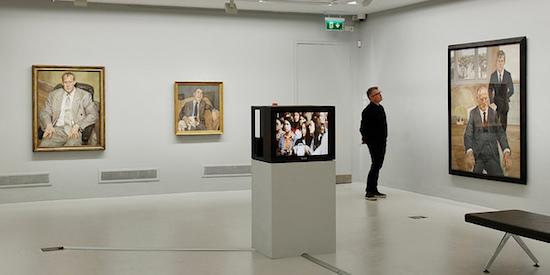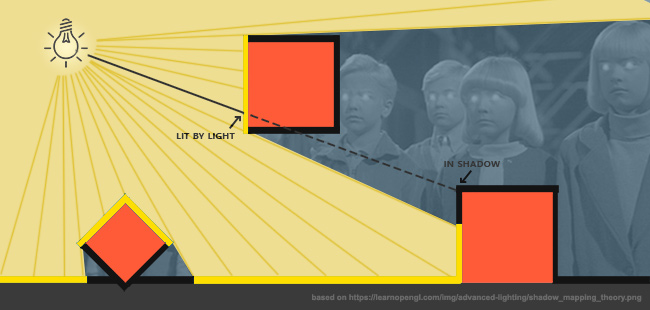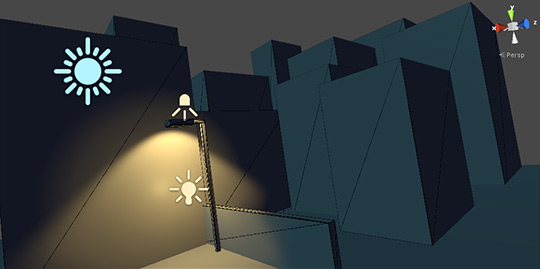In Dublin, I visited the
Lucian Freud Project at IMMA.
If you're not familiar with painters (who is these days?)
Lucian Freud is often held up as one of the greatest realist painters in the 20th century. And like many other artist men of the 20th century, his work also has a lot of racist and sexist baggage to deal with.
The IMMA curators figured out a pretty clever solution here -- they basically surrounded his stuff with women artists and intersectional feminist political theory. Instead of pretending to be a "neutral" celebration of a Great Male Painter, the curators did their job, and made an argument for real interpretation and criticism in the 21st century. It felt responsible and complicated.
The main basement gallery has two monitors in the middle of the room, running constant loops of
John Berger's iconic feminist media studies primer Ways of Seeing. Specifically, it's
Ways of Seeing episode 2, the one about the difference between nudity and nakedness, especially within the long history of European oil paintings depicting nude/naked women.
The second half of the episode is famous: the male narrator and host (Berger) shuts up and just listens to a panel of women critique patriarchy and art through their own experience. At first it seems like they're talking about the art shown in the film 30 years ago, but in the style of the Frankfurt School, they might as well be critiquing Freud's many paintings hanging on the walls today.
If you want to read more about the various artists and works,
this Quietus post by Cathy Wade is a through walkthrough of it all. In this post, I'm just going to talk about one of the paintings and how I relate its form and politics to games:
For some reason, I gravitated towards a small painting hanging in the corner, a portrait simply called
"Kai".











